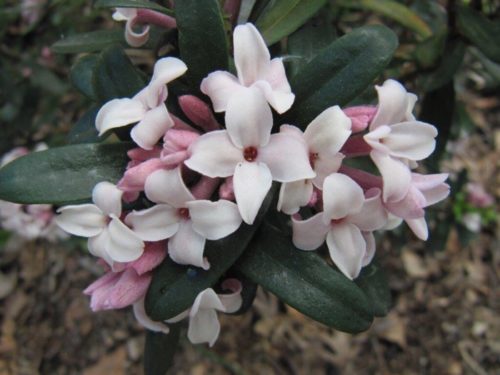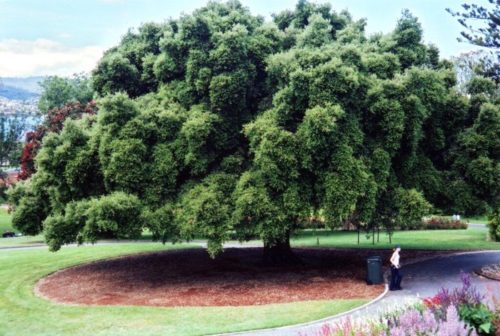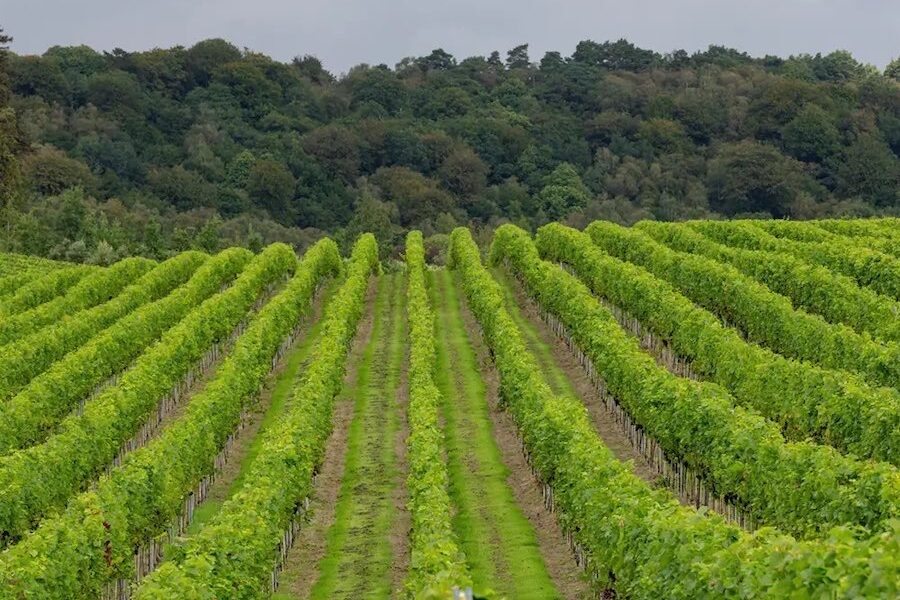
It’s a good idea to start feeding all plants that were planted earlier in the autumn; specifically to encourage strong root growth for the coming spring, writes gardening columnist CEDRIC BRYANT
WITH just four weeks to spring and after a relatively mild winter, blossom trees are bursting forth and many gardens are a sea of new leaves as bulbs push their way to daylight.

This winter we have had little rain, but generally it has been sufficient to keep bulbs moist. It’s very tempting to think bulbs need a lot of water; however, most of their moisture is stored in the bulb itself. Unless they are planted under evergreen trees or shrubs where the ground tends to be dry, watering once every few weeks is more than enough.
It is beneficial to combine any watering with a liquid plant food such as certified organic Maxicrop Seaweed.
Equally, it is a good idea to start feeding all plants that were planted earlier in the autumn; specifically to encourage strong root growth for the coming spring. I am a great believer in giving plants a change of diet every now and again. Another certified organic plant food I regularly use in our garden is Eco-Seaweed. This is in a super-concentrated powder form, so simply dissolve just two teaspoons full in a nine-litre watering can. The added bonus is it is nutrient rich with 16 per cent potassium, being the ingredient to encourage flowers.
Remember, the NPK shown on all containers/packets of fertiliser, ie N = nitrogen for top green growth, P = phosphorus for root growth and K = potassium for flowers and subsequently fruit production. For instance, it’s no good feeding potatoes with a high-nitrogen plant food, but good for leafy veggies such as lettuce.
Watch out for buds on stone fruit, ie peaches and nectarines. It is vital to spray just as they show the slightest pink colour and before the flowers open.
Spraying after the flowers open will only kill the bees. This is to prevent disfiguring leaf curl which can affect the fruit. Use organic Bordeaux or Kocide, both in powder form and mixed with water. Spray all parts of the trees and the ground under the tree. Keep grass away from under the trees as this is a rapacious feeder and can reduce your fruit crop by up to 30 per cent. Lightly cultivate the soil, not to damage roots. Then apply a layer of composted horse manure and mulch out to the drip line to about 15mm thick. Besides using the autumn leaves I use and recommend Canberra Sand and Gravel’s Canberra Organic Mulch.
NOW is a good time to reduce the size of lawns, which are rapacious feeders with the never-ending cycle of weeding, feeding and mowing. Then mower fuel/oil, blades, spark plugs etcetera are added to the cost. Where does it end?

??
IN MY last column I mentioned Quercus suber, the cork oak. Following that I just had to bring you my photo of a magnificent specimen in the Royal Hobart Botanical Gardens. I have been informed the seed was introduced to the gardens in 1829 and now it has a canopy spread of over 25 metres!
Jottings…
- Plant without delay all deciduous shrubs, especially roses. They don’t have to be in a dedicated bed and combine perfectly with low-growing evergreen perennials to give year-round colour.
- ??Cut the currently flowering daphne for fragrance at home.
- It may sound unusual as we are still in winter, but it is time to plant summer and autumn-flowering bulbs now in stock in garden centres.
- Seed potatoes may already be for sale, but I suggest delay planting until the weather warms.
Who can be trusted?
In a world of spin and confusion, there’s never been a more important time to support independent journalism in Canberra.
If you trust our work online and want to enforce the power of independent voices, I invite you to make a small contribution.
Every dollar of support is invested back into our journalism to help keep citynews.com.au strong and free.
Thank you,
Ian Meikle, editor




Leave a Reply